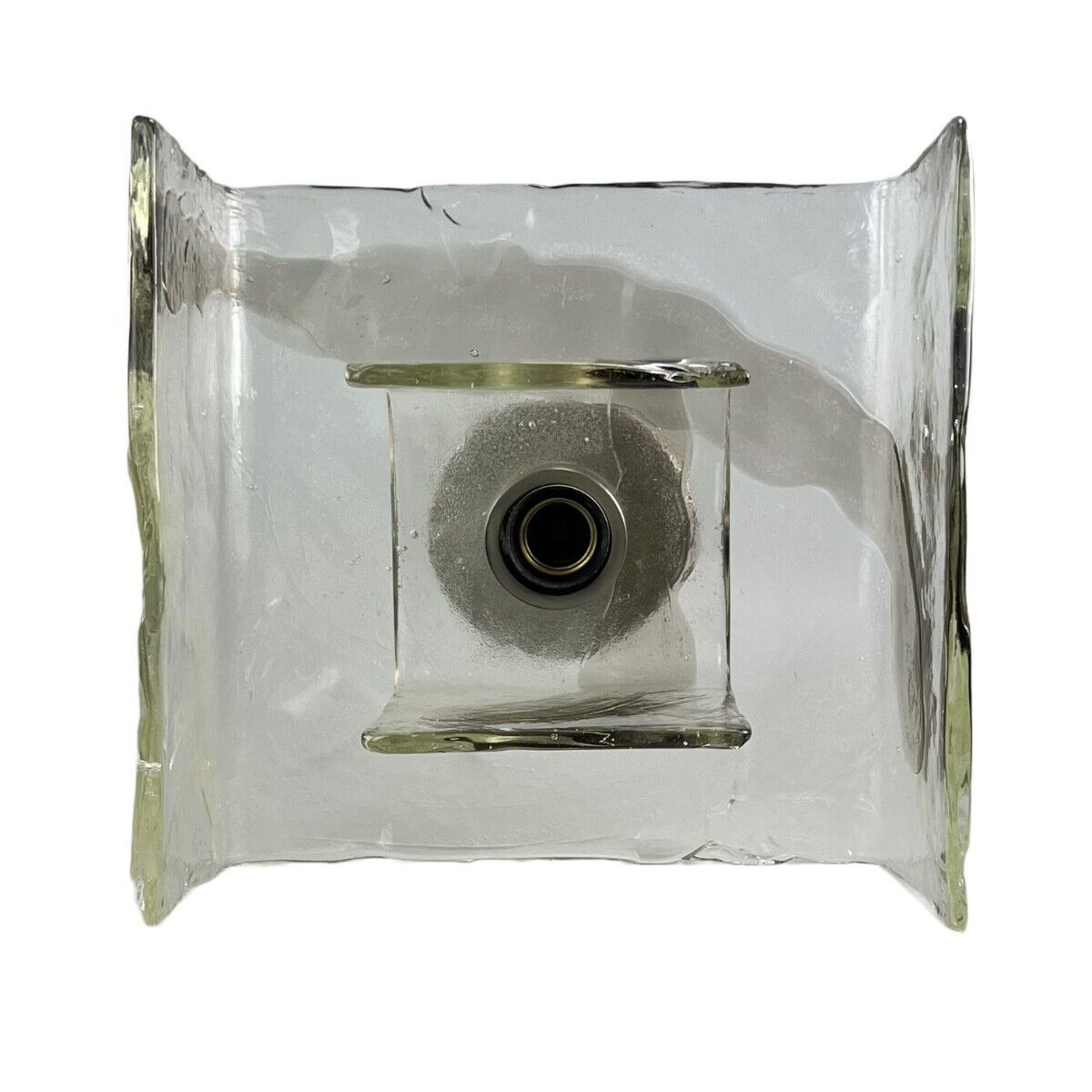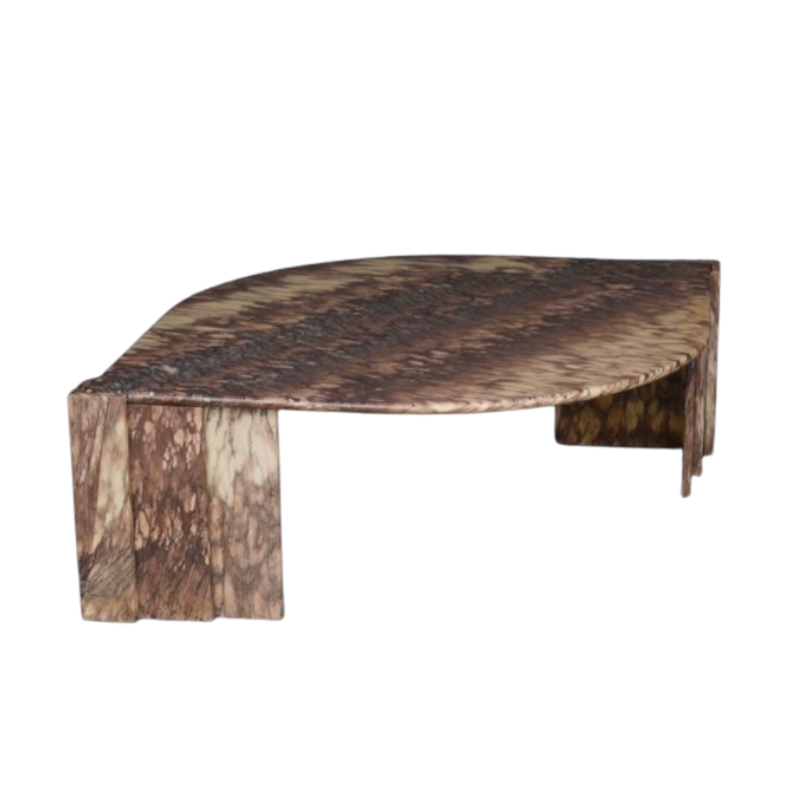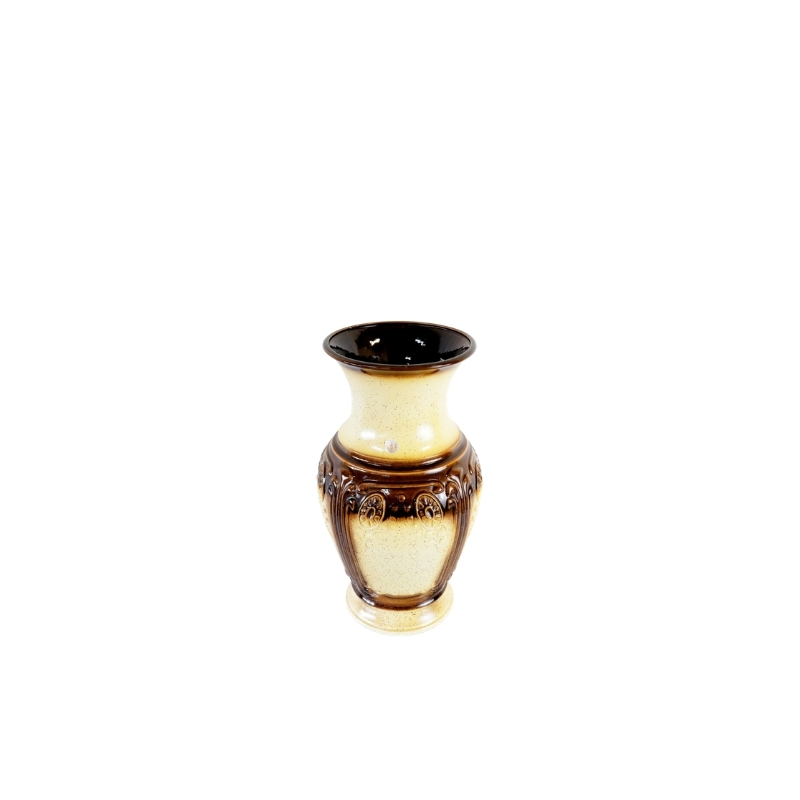That'll loook great!
I don't think there's anything too negative. Over time...lots of time...the ivy will begin to break down bricks and mortar...but it takes a looong time...think about the zillions of old buildings covered with ivy you've seen. Englsih ivy is a hardy sucker and it'll take over the universe if you let it, so, you will need to trim it to get it to climb the way you want and where you want it. You don't want it crawling along (and weighing down) utility lines, for example. If it grows well well in your climate, then I'd say go for it... it's a very strong climber and has lovely dark green leaves.
Don't grow ivy
nooooooooooooo ...... !!! Don't.
Seriously, it is your property, so it's up to you, but I would strongly advise against it. Ivy simply grows nuts and spreads like hell once it has been properly established. So you'll need to trim it several times a year, to prevent it to clog up the drainage from your roof with its leaves (leaks/ waterdamage). Further down the road the plant will penetrate the structure of the roof if you let it grow that tall (yes, I have seen this first handedly). Naturally, you can prevent this by trimming. But you can never slack off once you started. So think before you start.
Additionally, once it has spread over your wall there is practically NO removal possible. (Stems stick incredibly hard to the wall + removal is likely to damage you wall if you pull too much). You'll simply need to keep trimming.
Also: the plant is very strong (my folks have it in the backyard, left it growing over the fence, did not trim it for a couple of years, and now the fence is crooked.)
BUT there are two questions here: 1) Do you want a climbing plant on the wall of your house ? 2) Do you want that plant to be ivy ?
2) (for me at least, knowing what I do =) NO
1) Personal taste, you will need to keep trimming, whatever plant you select (so are you prepared to invested that much time in maintainace, yes or no ?), but other plants are less aggressive and/ or grow slower.
Sorry don't know the English name, but "Wilde wingerd" in Dutch (Parthenocissus tricuspidata Veitchii)is a milder alternative, and has a great color in autumn. Still, don't let it penetrate your roof structure/ drains. Oh, and check whether your walls can take it.
http://www.quickhedge.nl/index.php?page=sortiment_eng
wikipedia + ivy
.. darn, if I had checked wikipedia first, I could have saved myself a lot of typing... Just a fragment (full link below):
"Similar concerns are expressed about damage to walls. It is generally considered that a soundly mortared wall is impenetrable to the climbing roots of ivy and will not be damaged, and is also protected from further weathering, by the ivy keeping rain off the mortar. Walls with already weak or loose mortar may however be badly damaged, as the ivy is able to root into the weak mortar and further break up the wall. Subsequent removal of the ivy can be difficult, and is likely to cause more damage than the ivy itself. Modern mortars that contain portland cement and little lime are stronger than older mortar mixes that were largely composed of just sand and lime. Most mortar mixes changed to contain Portland cement in the 1930s. Soft mortar is still used when laying softer brick. If ivy is allowed to climb wooden structures, then the aerial roots are likely to enter into the wood grain causing the wood to split, allowing moisture and fungus to penetrate the wood and accelerating wet rot."
http://en.wikipedia.org/wiki/Ivy
Methinks I need rethinks. I...
Methinks I need rethinks. I don't want something too aggressive. I just wanted a small section of a wall climbing plant... but certainly not at the detriment of the house and my sanity. I am not fond of constant yard work either....
Other alternatives?
.
Well, I don't know if our climate zones are similar, but how about a wouden fence (2 panels or more) next to the entrance -to zone the garden-, that you use to grow a Clematis over ? (Some clematis varieties need something to climb on, ivy will attach itself to everything)
A clematis does grow slower than the earlier mentioned plants, some varieties hardly require any pruning, and I love the variety with small rosy -white flowers (Clematis montana pic below). Birds like to nest in it too, once it becomes big enough.
Using a wooden fence is fairly non-committal option as well. If after all you don't like the plant: simply remove fence and planting problem solved. No difficulties whatsoever.
Trumpet Vine
I love the look of the brilliant orange flowers against the dark green foliage.
And to contain plants that have a tendency to take over, my sister, who is a landscaper, takes an old trash barrel, cuts the bottom off and submerges it into the ground until the lip is just above the surface. You then plant your whatever in side it. It keeps the roots contained and doesn't let he plant creep all over the place. It also limits how big the plant will get.
http://plants.usda.gov/java/profile?symbol=CARA2
Interesting comments. As a...
Interesting comments. As a matter of fact, I am building a slatted wood fence near the entry. There's an option. Although I had wanted it on the wall itself...
Olive, that's a great idea!!
Both of these plant options are nice... although, the flowering aspect of it worries me about bees... which was a large factor in choosing the English ivy at first...
Then, what about...
a potted bamboo?
There are so many interesting varieties and the tall linear form will mimic the climbing vine, visually. Just place the pot where you would have put the ivy in the ground and... tada! The you can use a really interesting pot that has a nice architectural statement. (CB2 has some at a reasonable price) At our house-to-be I'm thinking of semi-submerging some galvanized conduit pipe into the ground with about 18" to 2 feet exposed and planting tall fluffy grasses coming out of the top. I've also been thinking of casting concrete cubes, that are hollow and planting in them too.
http://www.tallgrasses.com/index.htm
.
You could bolt steel or timber lattice or mesh with spacers to the wall with about a 10" gap and grow your vine on that, then maybe trimming it would simply be a case of running a hedge trimmer along the top and sides of the mesh every couple of months.
Also if you plant something that you are a bit concerned about it going crazy you can dig the soil to the maximum spread you want and line it with a root barrier, sometimes people use copper sheet, very thin.
You could also grow something edible, an espaliered fruit...imagine leaning out the window and plucking a pear, very nice, or something decidous that will give you some winter light if you grow the plant over a window.
.
Please dont grow English Ivy.
Take this advice from an ex garden designer. English Ivy will do a very good job of covering your wall very quickly but it is rampant. It can find its way underneith pieces of timber or roof tiles and lift them up. It can be destructive and high in maintenance. When you do decide to hack it back it gives off a dust which can get on the back of your throat causing very unpleasant effects.
I would recommend something like Clematis armandii, a quick growing evergreen with lush foliage and sweetly scented white flowers in the spring or Trachylespurmum jasminoides, a classic Jasmin which will grow very quickly and produce beautiful scented white flowers in the summer.
Both these species are quick but non destructive, they are also very easy on the eye.
The Trumpet flower [Campsis] recommended on a previous responce is also very good but you will need a warm sunny aspect for it to thrive.
If you need any help, please contact us at – info@designaddict.com









